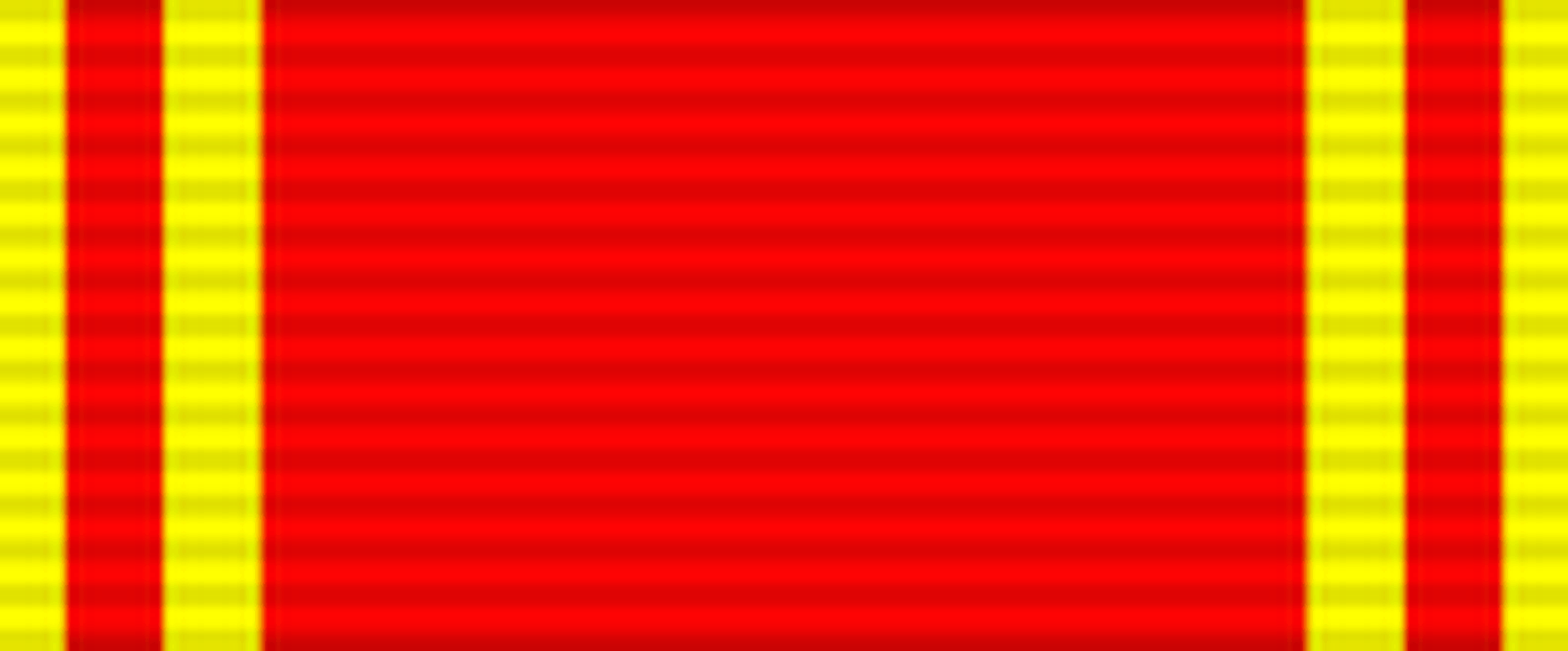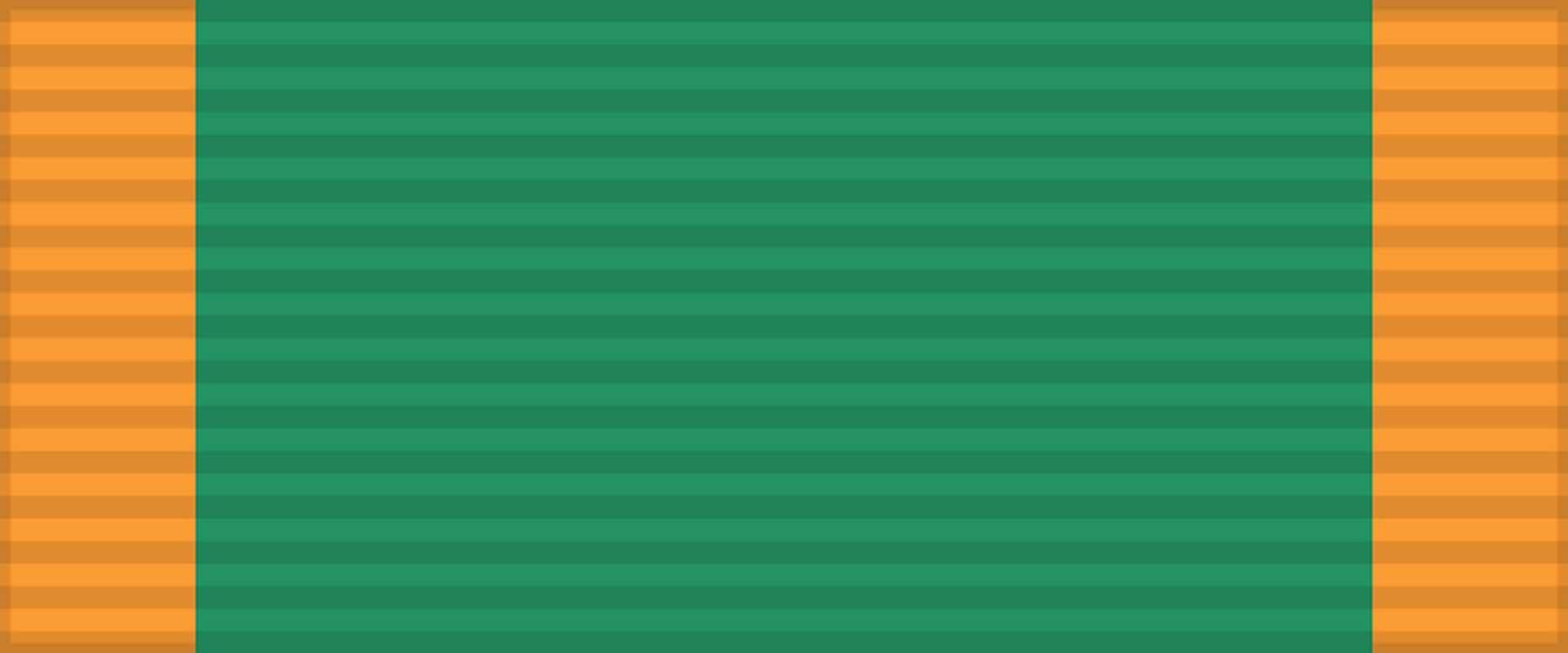
SHEMENKOV AFANASIY DMITRIEVICH
Lieutenant General, participant of the Second World War, Hero of the Soviet Union (04/06/1945)
Born on February 10, 1896 in the village of Gnilitsa of the Cherikovsky district of the Mogilev province (now the agro-town of Lenin, Krasnopolsky district, the Mogilev region of Belarus).
Since September 1941, he took part in battles on the fronts of World War II as the commander of the 314th Infantry Division, which conducting defensive battles in the 52nd Separate Army and 7th Separate Army in the area of Novgorod and on the Svir River in the area of Podporozhye (Leningrad region).
From November 1941 to June 1942 he served as deputy commander of the 7th separate army on the rear, which was defending at the boundary between Onega and Ladoga lakes. In 1942 he graduated from the crash course of the Higher Military Academy named after K. E. Voroshilov. From June 1942 to November 1943 he served as deputy commander of the 4th Guards Rifle Corps in the 54th Army and the 2nd Shock Army on the Volkhov Front. He participated in the Sinyavinsky offensive operation of 1942. In November, the corps was transferred to the South-Western Front and transferred to the 1st Guards Army and, as part of it, took part in the Battle of Stalingrad, the Kharkov defensive operation and the Donbass offensive operation.
In November 1943 he was appointed commander of the 57th Guards Rifle Division of the 8th Guards Army of the 3rd Ukrainian Front. He successfully acted in the Bereznegovato-Snigirev offensive operation and in the Odessa offensive operation, in which the division distinguished itself during the liberation of the cities of New Bug (Nikolaev region) and Odessa. In May-June, the whole army was transferred to the 1st Belorussian Front, where during the Belarusian strategic operation on July 20, 1944, the General Shemenkov’s division crossed the Western Bug River west of the city of Lyuboml (Volyn Region), and on August 1, 1944 – the Vistula River on a wide front. Only on the first day of the battle the division occupied a bridgehead 7 kilometers along the front and 12 kilometers deep, destroying up to 1,200 enemy soldiers and officers, 5 tanks, 12 artillery pieces. In the following days, the division took part in the expansion and retention of this strategically important Magnushevsky bridgehead. In these battles, the division not only repelled the enemy’s numerous counterattacks, but also itself significantly squeezed it, freeing the city of Magnuszew (Poland). For this operation, in August 1944, General Shemenkov was presented for awarding the title of Hero of the Soviet Union, but the assignment of this title was delayed for seven months.
By a decree of the Presidium of the Supreme Soviet of the USSR of April 6, 1945, “For the able leadership of military formations and the personal courage and heroism shown at the same time”, Lieutenant General Shemenkov Afanasy Dmitrievich was awarded the title Hero of the Soviet Union.
In August 1944, he was appointed commander of the 29th Guards Rifle Corps in the same 8th Guards Army, at the head of which he participated in the Wisla-Oder and Berlin offensive operations, liberating Poland and advancing on the territory of German.
From April 26, 1945 he commanded the 9th Guards Rifle Corps of the 61st Army of the 1st Belorussian Front. During the Berlin operation, the corps occupied the city of Neuruppin, and on May 2, 1945 reached to the Elbe River, where he met with American troops.
In June 1953 he was transferred to the reserve. He lived in Moscow.
He died on March 4, 1972. He was buried at Vvedensky cemetery.






















